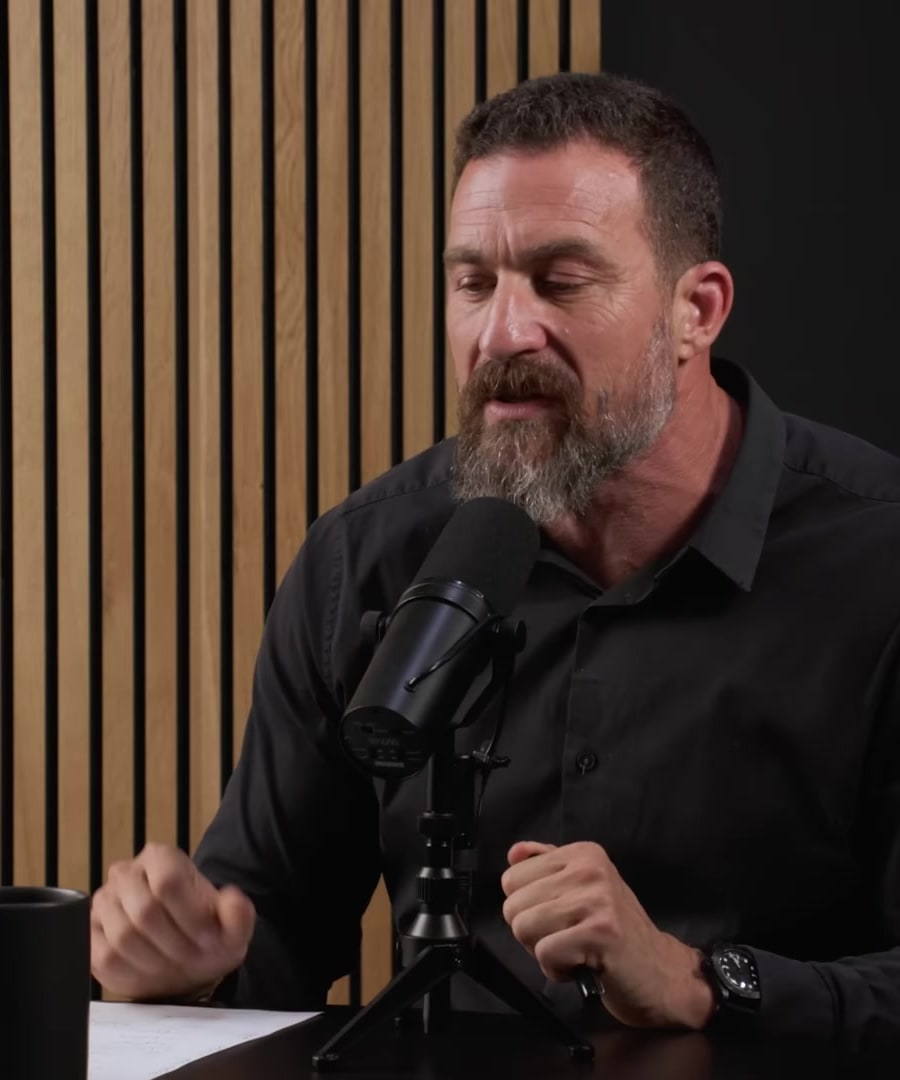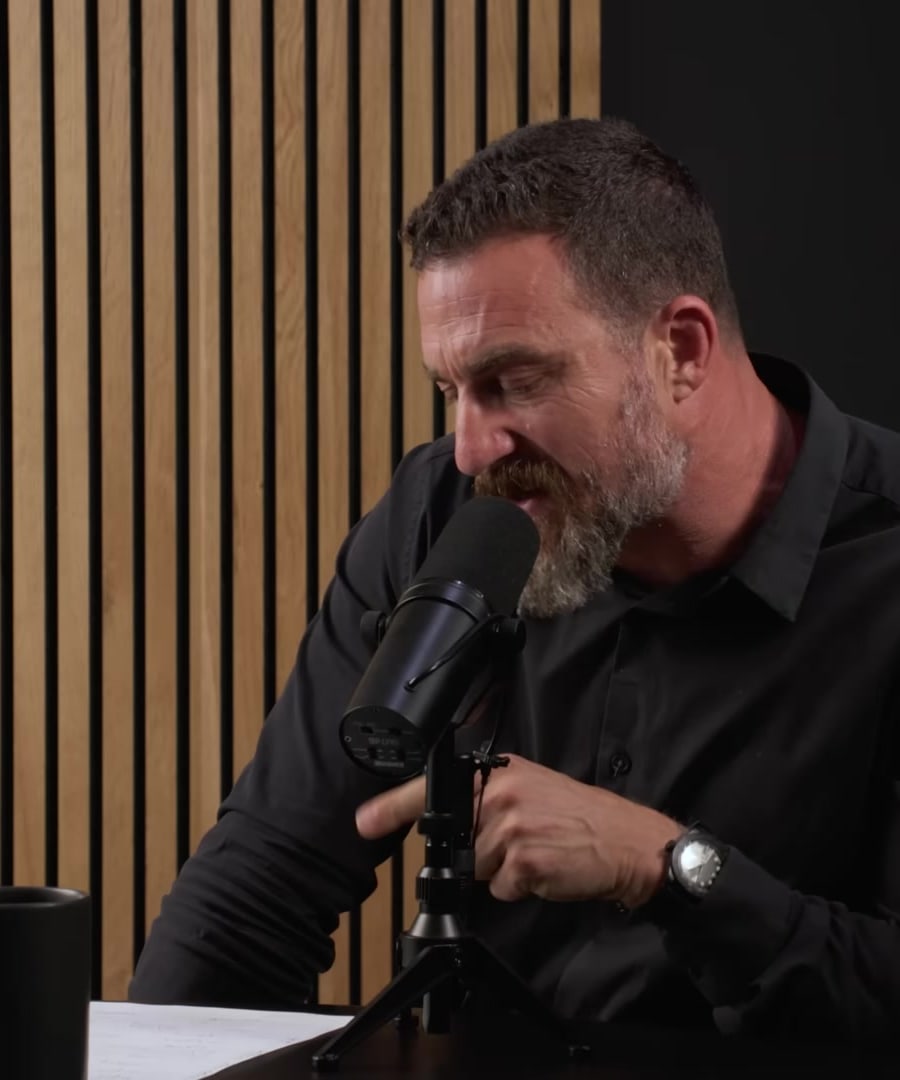What are key elements in magic tricks?
Sources:
Key elements in magic tricks include the strategic use of misdirection and the psychological manipulation of attention and memory. Magicians often use techniques to focus the audience's attention away from the secret actions they are performing. For example, they might use counting or the cadence of counting to create a rhythm that directs attention and builds tension, making it easier to perform discreet actions while the audience is distracted.
Another crucial aspect is the creation of tension and the manipulation of relaxation moments. The idea is to build tension up to a critical moment in the performance and then use the audience's relaxation right after the climax for activities that they should not notice. This play between tension and relaxation helps in managing what the audience remembers and observes.
Moreover, magicians intentionally create scenarios where things appear to go wrong, enhancing the surprise when the trick is successfully completed. This uncertainty and the potential for error add excitement to the performance, making the trick more engaging and memorable.
Misdirection is also a fundamental tactic, where the magician directs the audience's attention away from where the actual trick is being performed. By manipulating focus, magicians can perform actions unnoticed, which are crucial for the success of the trick.
These elements highlight the psychological depth and the careful planning involved in performing effective magic tricks[1 2].
RELATED QUESTIONS

